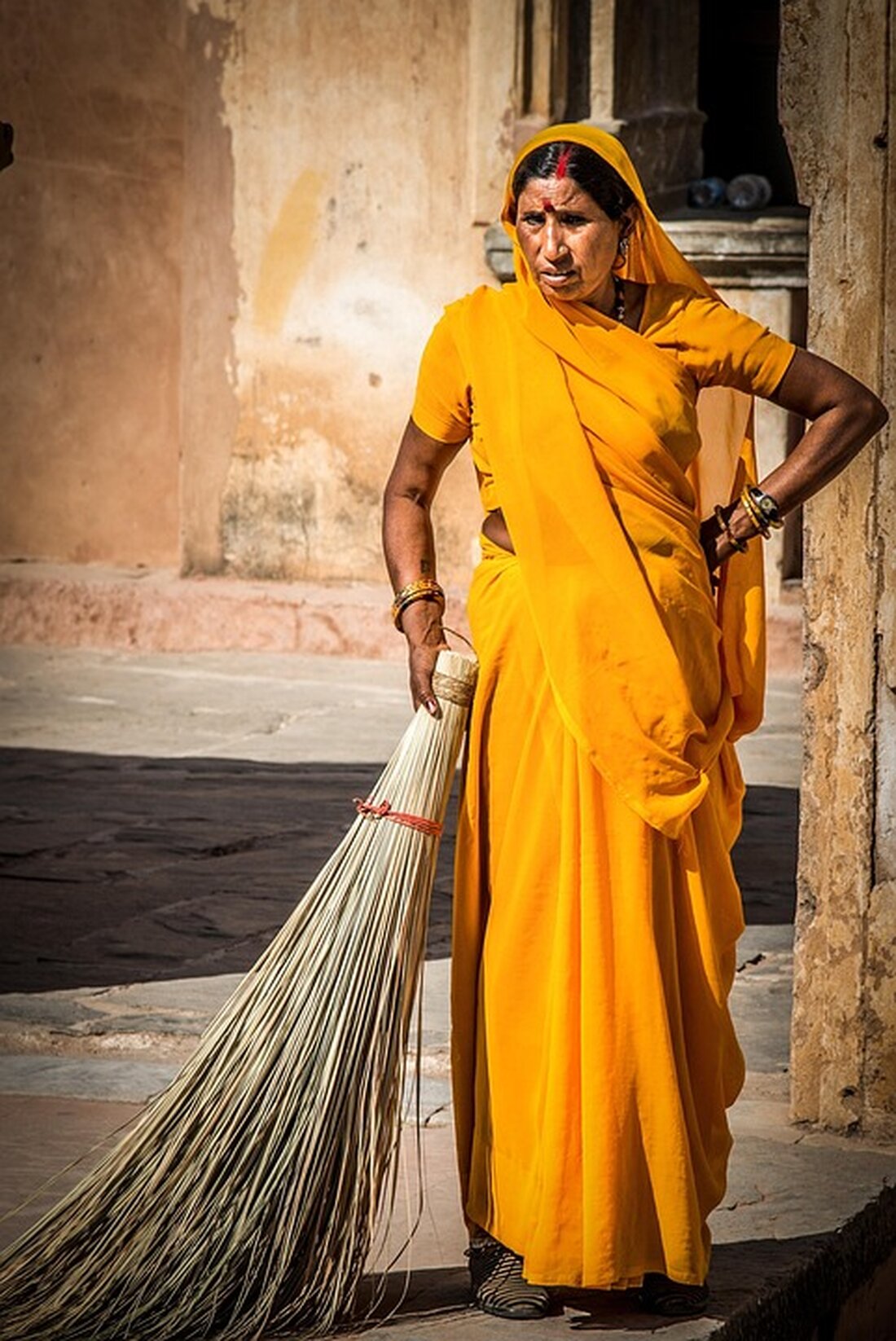Tradition and tourism: Experience Vietnamese culture in a new way!
On May 20, 2025, a new model to promote traditional culture and sustainable tourism will be implemented in Vietnam.

Tradition and tourism: Experience Vietnamese culture in a new way!
The Vietnamese Council of Ministers recently announced a decision repealing the previous Decision No. 1823/QD-BVHTTDL dated July 4, 2024. This launches a new plan to preserve and promote cultural identity linked to tourism in rural construction projects in Vietnam. This was through vietnam.vn reported.
Three key tasks are planned for August and September 2025 as part of this plan. The aim is to establish models for preserving and promoting traditional cultures. This includes building models for preserving the culture of the San Chi people in Quang Ninh, the activities of a “Don ca tai tu” club in Lang Rung, Ca Mau, and the establishment of a Vi and Giam Folk Song Club in Ha Tinh.
Promoting traditional arts
Training courses have already taken place in Quang Ninh on methods and skills for setting up folk singing and dancing clubs. These trainings are a key part of the plan to promote community cultural activities and strengthen cultural values through sustainable tourism.
In addition, Ca Mau highlighted the value of the intangible cultural heritage “Don ca tai tu”, which has played an important role since its inclusion in the Representative List of the Intangible Cultural Heritage of Humanity in 2013. This musical art form is not only a source of pride but also an integral part of the cultural heritage of southern Vietnam, reflecting the way of life and culture of the people of the Mekong Delta, such as unesco.org explained.
Variety and meaning of “Don ca tai tu”
“Don ca tai tu” combines folklore and science and is performed on various occasions such as festivals and rituals. The performances stand out for their improvisation and creative variation of melodies and rhythms. The music is accompanied by traditional instruments such as the moon-shaped lute, the two-string violin and the sixteen-string zither.
Musicians are trained over at least three years, during which they learn basic instrumental techniques and work on traditional songs as well as improvisation with various ornamentation techniques. This approach ensures that cultural knowledge is passed on to the next generation through oral tradition and direct imitation of masters in the field of traditional music.
With these initiatives, the Vietnamese government aims to further promote the preservation and promotion of traditional cultural values. This is done in particular by creating models that not only strengthen cultural identity but also support sustainable development in tourism.

 Suche
Suche
 Mein Konto
Mein Konto